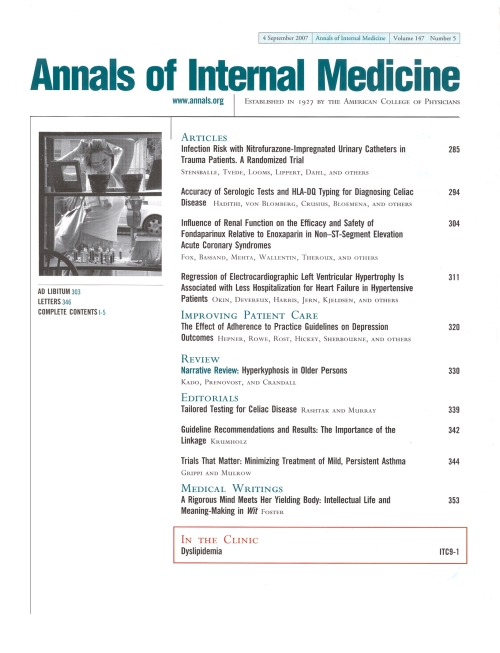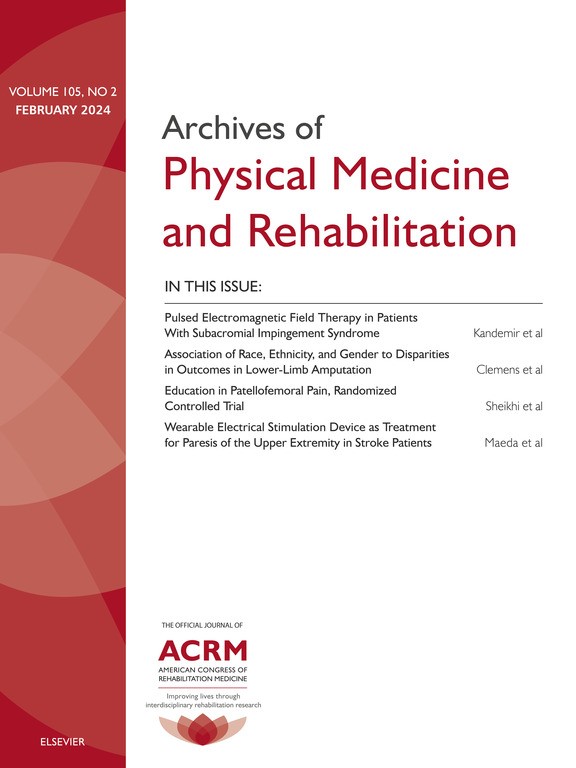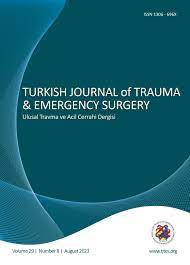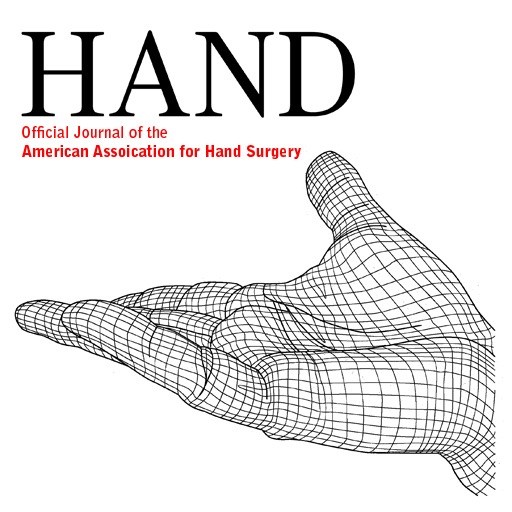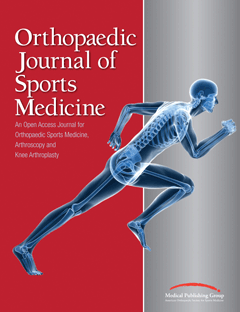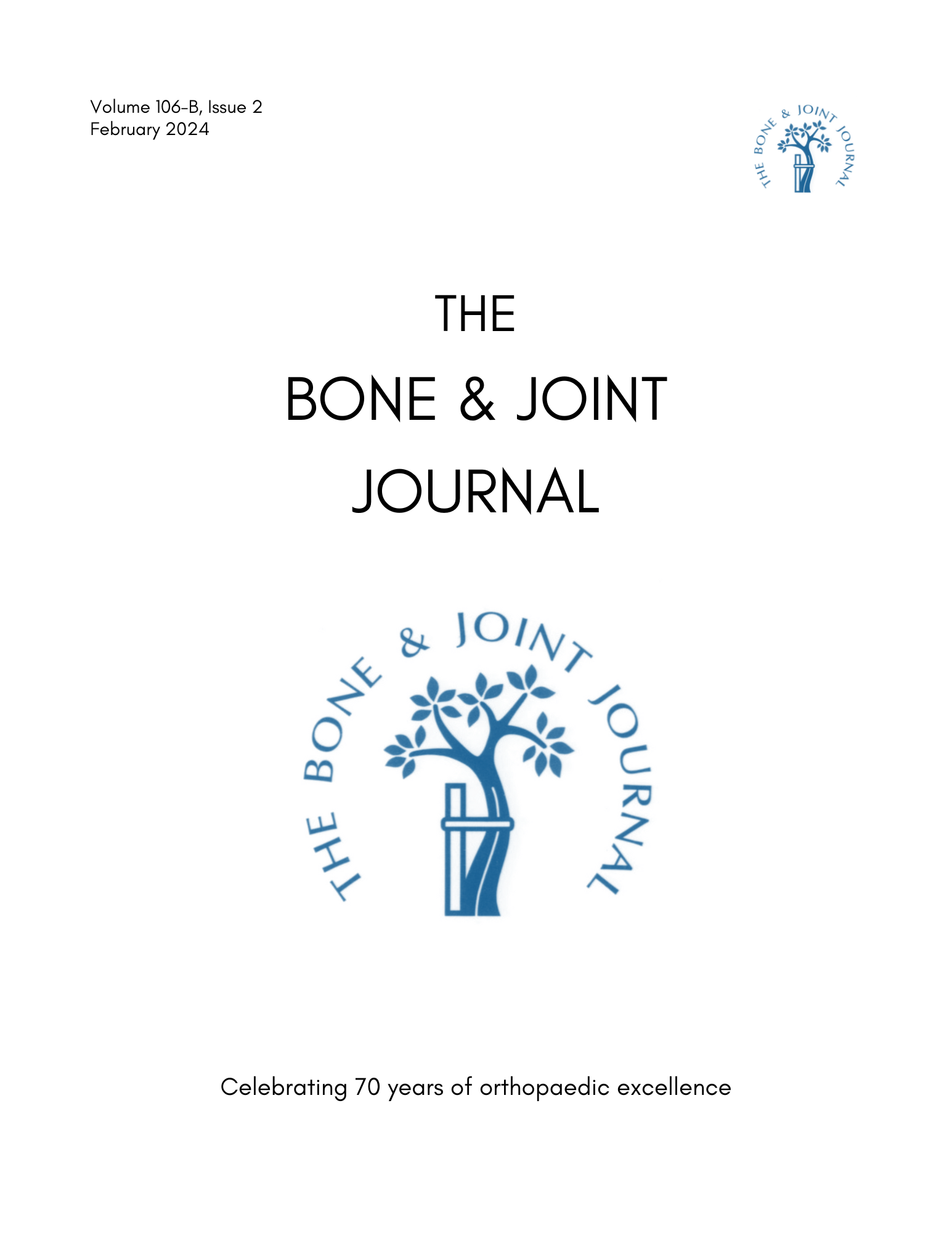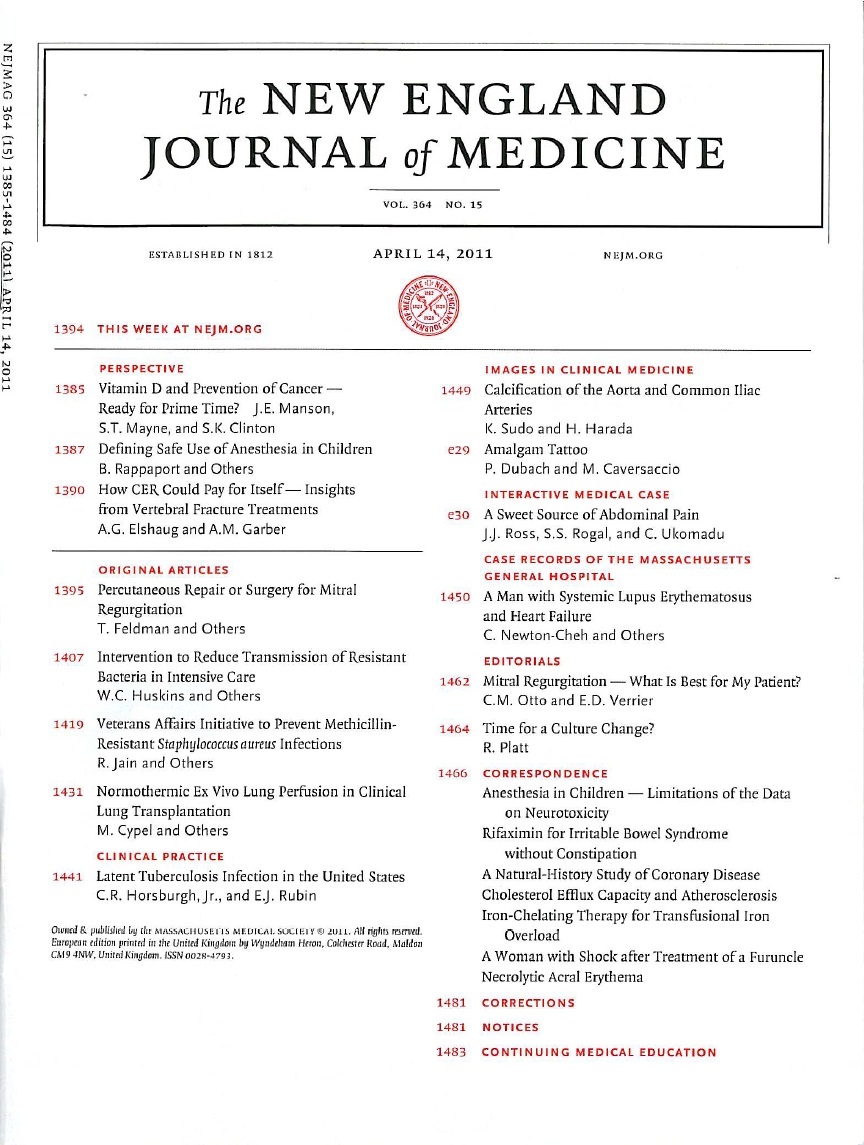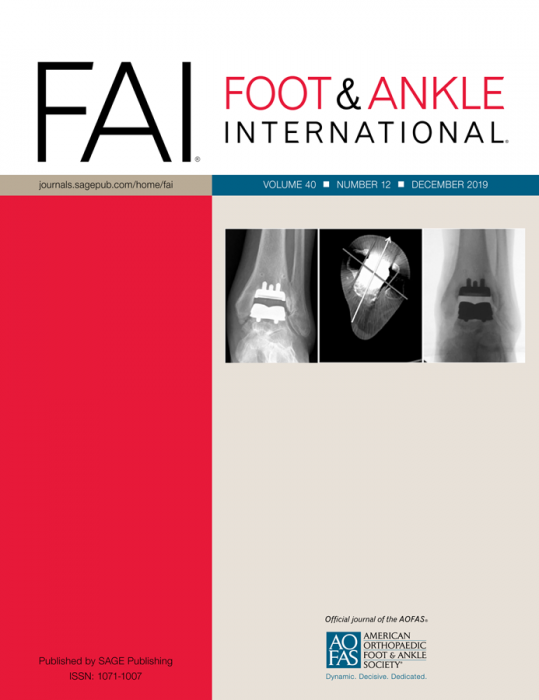PeerView
You are viewing the most viewed ACE Reports by Primary Care Physicians over the last 30 days in all specialties.
Displaying
100%
Synopsis:
Two hundred and seven studies with 32959 participants were analyzed in this network meta-analysis.The aim of this study was to compare outpatient treatments for managing acute pain from non-low back musculoskeletal injuries.Results revealed that the treatment with the greatest benefit was using topical nonsteroidal anti-inflammatory agents (NSAIDs).Afterwards, oral NSAIDs were beneficial which was followed by acetiminophen with or without diclofenac.The benefits included relieving pain 1-7 days, as well physical functioning , and symptom relief. Moreover, topical NSAIDs demonstrated increase in treatment satisfaction. Fentanyl and acetaminophen...
Read More »
Meta Analysis
②
Synopsis:
47 patients with combined anterior cruciate ligament (ACL) and medial collateral ligament (MCL) injuries were randomized to receive either operative treatment on both ACL and MCL or operative treatment just on ACL. It was observed that the non-operative treatment of the MCL led to a greater range of motion and recovery of quadriceps power generation during early follow-ups.
Read More »
Author verified Level 2 RCT
②
Synopsis:
60 patients with dominant-hand thumb carpometacarpal osteoarthritis (OA) were randomized into two groups to measure the effects of either radial nerve mobilization treatment or a nontherapeutic placebo treatment on pain sensitivity and pinch strength. At 2 months follow-up, patients who underwent radial nerve mobilization experienced a decrease in pain sensitivity in the trapeziometacarpal joint and an increase in tip and tripod pinch strength.
Read More »
Author verified Level 2 RCT
①
Synopsis:
84 patients over 18 years of age with isolated rib fractures were included in this single center, prospective, placebo controlled, double blind trial.Patients were randomly allocated to receive either 10% lidocaine spray (LS; n=29), etofenamate spray (ES; n=28) or placebo spray (PS; n=27).The primary outcome of interest was pain intensity measured using a numerical rating scale (NRS) at baseline, and 15, 30, 60 and 120 minutes.Other outcomes of interest included rescue medication requirements and adverse events.Study findings suggest that all three groups demonstrated similar NRS scores, with no significant difference in pain reduction found at any timepoint.The maximum reduction was seen in the LS group between baseline and 120 minutes, however this difference was not statistically significant.It was also seen that the need for rescue medication was lowest in the LS group; a difference that was found to be clinically significant but not statistically significant. Importantly, only one...
Read More »
Author verified Level 1 RCT
①
Synopsis:
23 randomized controlled trials (2284 patients) comparing open versus endoscopic techniques for carpal tunnel release in patients with carpal tunnel syndrome were included in this systematic review and meta-analysis.A subgroup analysis was also conducted on single- versus dual-portal endoscopic treatment.The primary outcomes of interest included complication and reoperation rates.Secondary outcomes included operative time, the incidence of scar tenderness and pillar pain, normalized satisfaction scale, the incidence of complete or near complete symptom relief, Boston Carpal Tunnel Questionnaire (BCTQ) symptom and function, and time to return to work.All outcomes were similar between the two groups except for time to return to work and incidence of scar tenderness (dual-portal vs open) which all favored the endoscopic group.The incidence of nerve injury was significantly lower in the open-technique group. Overall, the endoscopic...
Read More »
Level 1 Meta Analysis
①
Synopsis:
A total of sixty-one patients with posterolateral tibial plateau fractures (PTPF) were randomized to receive either conventional surgery (n=30) or surgery using personalised 3D printing technology (n=31).The primary outcome of interest was operative time.Secondary outcomes included intraoperative blood loss, intraoperative fluoroscopy shots, radiographic outcomes, functional outcomes, and fracture complications, assessed 12 months postoperatively. Overall, the study...
Read More »
Level 1 RCT
Perioperative Blood Flow Restriction Therapy Program After Anterior Cruciate Ligament Reconstruction
①
Synopsis:
Forty-six patients who sustained an anterior cruciate ligament (ACL) tear and were scheduled for reconstruction were randomized into a group receiving either a blood flow restriction (BFR) therapy program (n=22) or a control group without BFR (n=24).The primary outcome of interest was isometric quadriceps strength at 3 months postoperatively, measured as peak and mean torques during seated leg extension exercises and presented as a ratio of the healthy limb.Secondary outcomes included patient-reported outcomes such as pain, knee function, and physical function, knee range of motion, quadriceps circumference and adverse effects.Outcomes were assessed up to 6 months postoperatively. Overall, the study...
Read More »
Level 1 RCT
①
Synopsis:
Two hundred and sixteen patients with advanced osteoarthritis scheduled for primary total knee arthroplasty (TKA) were randomized to receive one of three TKA prosthetic designs from the same system: cruciate-retaining (CR; n=72), anterior-stabilized (AS; n=72), or posterior-stabilized (PS; n=72).The primary outcome of interest was the mean score of all five subscales of the Knee injury and Osteoarthritis Outcome Score (KOOS) measured at a two-year follow-up appointment.Secondary outcomes included individual KOOS subscales, Oxford Knee Score, EuroQol five-dimension health questionnaire, EuroQol visual analogue scale, range of motion, and patient satisfaction.Outcomes were assessed up to two years postoperatively.Overall, patients reported similar levels of pain, function, satisfaction, and general health in all three prosthetic design groups. However, the PS...
Read More »
Level 1 RCT
②
Synopsis:
351 patients with a meniscus tear and knee osteoarthritis (OA) were randomized to either undergo arthroscopic partial meniscectomy (APM) followed by a physical therapy program or physical therapy alone, in order to compare clinical and functional outcomes. Following treatment over a 12 month period, all patients improved similarly in WOMAC physical-function score, KOOS pain score, and SF-36 physical-activity score.
Read More »
Author verified Level 2 RCT
②
Synopsis:
186 patients with a severe lateral ankle sprain (type III) were randomized to treatment to 3 weeks of rigid immobilization with a walking boot followed by 3 weeks of immobilization with a functional brace, or to a functional brace for 6 weeks.The purpose was to compare these two conservative treatment methods for outcomes in pain, function, and ankle stability up to 12 weeks after the injury.AOFAS scores were better for the first 6 weeks in patients receiving the functional brace, and pain and comfort outcomes also benefited within the first few weeks from using a functional brace. By 12 weeks,...
Read More »
Author verified Level 2 RCT




 LOGIN
LOGIN


